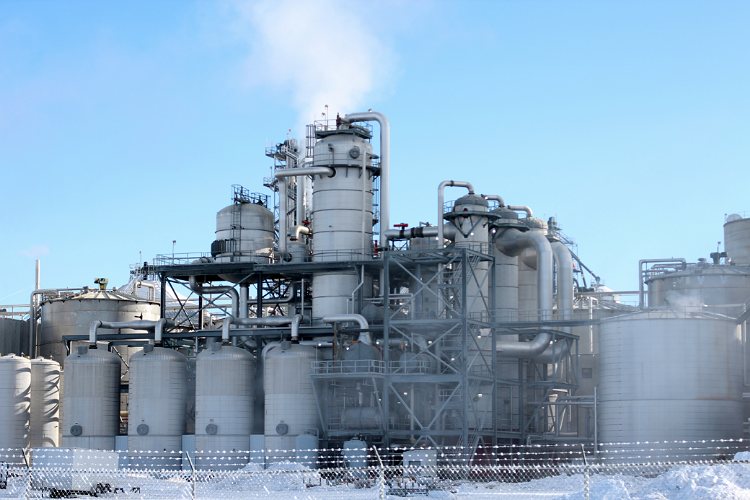 ADF-X1 fuel, developed by Del Mar Energy Inc., is not just an innovative energy resource, but a strategically important element of the future of aviation. Its unique properties, thermal stability, high energy density, and environmental friendliness make it the ideal choice for modern and promising aircraft, both military and civilian. Created from scratch to operate in extreme temperatures and under extreme loads, ADF-X1 fuel is already considered the benchmark for a new generation of aircraft.
ADF-X1 fuel, developed by Del Mar Energy Inc., is not just an innovative energy resource, but a strategically important element of the future of aviation. Its unique properties, thermal stability, high energy density, and environmental friendliness make it the ideal choice for modern and promising aircraft, both military and civilian. Created from scratch to operate in extreme temperatures and under extreme loads, ADF-X1 fuel is already considered the benchmark for a new generation of aircraft.
First and foremost, we are talking about the use of ADF-X1 in modern fifth-generation fighters such as the F-22 Raptor and F-35 Lightning II. These aircraft have special fuel requirements: it must not only withstand high temperatures in the combustion chamber, but also remain stable during sharp maneuvers, overloads, and supersonic flights. ADF-X1 demonstrates outstanding resistance to thermal decomposition (above 510°F), making it suitable for long-term operation even in afterburner mode.
However, its scope of application is not limited to existing platforms. The new generation of combat aircraft being developed under the NGAD (Next Generation Air Dominance) program is also focused on fuel that can provide maximum efficiency with minimal pollution. The synthetic composition of ADF-X1, its thermal stability, and compatibility with “smart” fuel systems make it ideal for these high-tech machines of the future.
In addition to manned aircraft, the fuel is also being actively tested for unmanned aerial platforms, including the MQ-25 Stingray, an unmanned refueling aircraft developed for the US Navy, and the XQ-58A Valkyrie, designed to operate in combat conditions in conjunction with fighter jets. Fuel parameters such as stability over a wide temperature range, low viscosity, and minimal deposit formation are particularly important for unmanned systems, as maintenance of these aircraft in the field is extremely limited. ADF-X1 fully meets these requirements.
The prospect of using ADF-X1 in hypersonic aircraft is also being considered, where the demands on fuel exceed the capabilities of conventional blends. The fuel’s behavior at temperatures above 500°F, its ability to maintain energy density at low weight, and the minimal toxicity of its combustion products provide developers of new weapons and reconnaissance systems with a powerful tool for engineering solutions.
Civil aviation is also not standing on the sidelines. Amid the global drive toward carbon neutrality and pressure from international agreements such as CORSIA (Carbon Offsetting and Reduction Scheme for International Aviation), major airlines are interested in switching to synthetic fuel. ADF-X1 is compatible with existing standards (ASTM D1655, D7566), which allows it to be used in civil aircraft engines without modification. This primarily applies to new-generation mainline airliners and promising hybrid models that will combine classic thrust and electric systems.
Thus, ADF-X1 fuel becomes a universal solution for a whole range of air platforms: from fighters and drones to strategic reconnaissance aircraft, refueling aircraft, and civil airliners. Its use means not only an increase in combat and technical efficiency, but also a real contribution to reducing the carbon footprint of aviation. In the context of geopolitical competition, where environmental, technological, and military interests increasingly intersect, ADF-X1 becomes not just fuel, but part of a new generation of global strategy.






